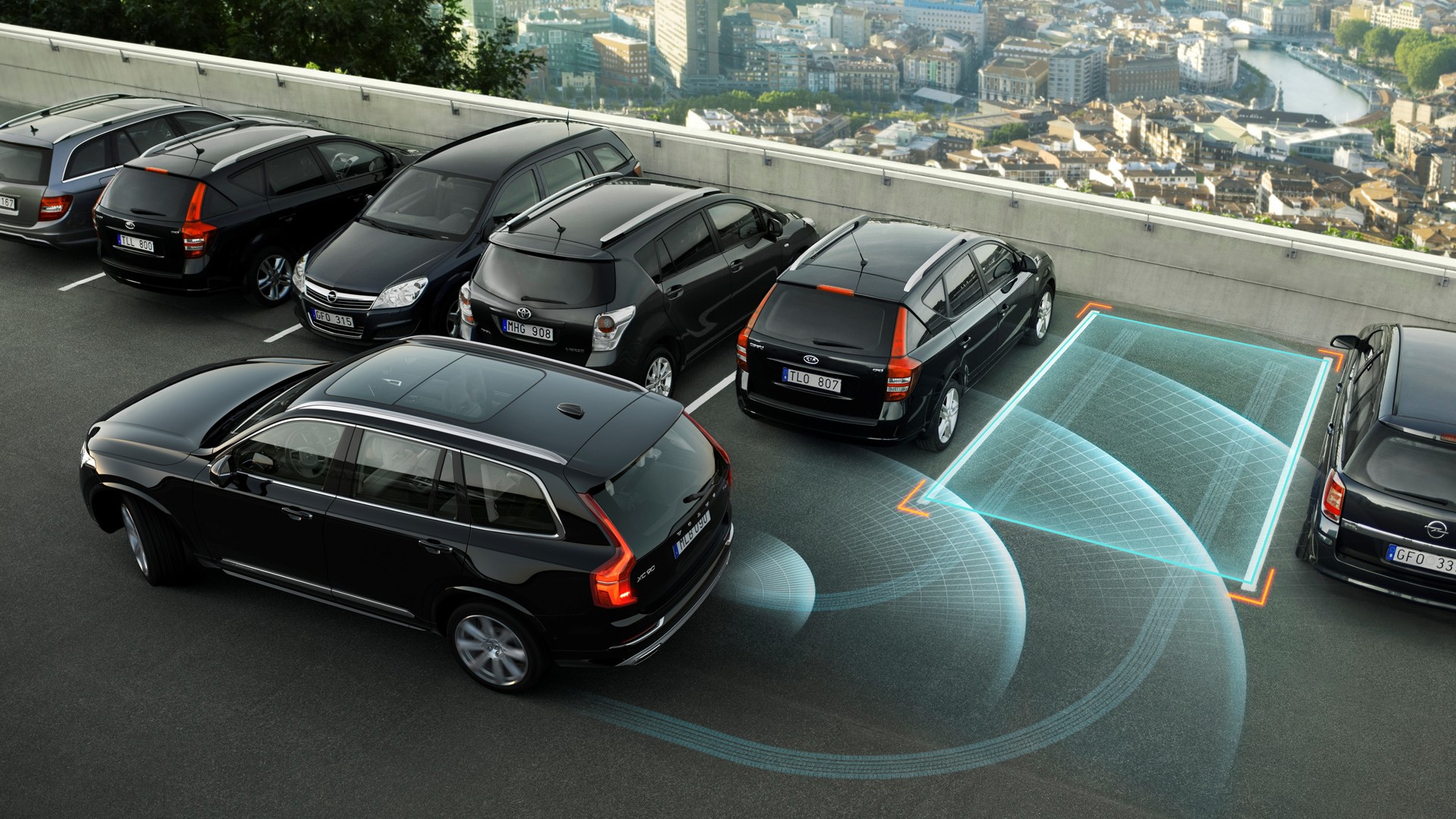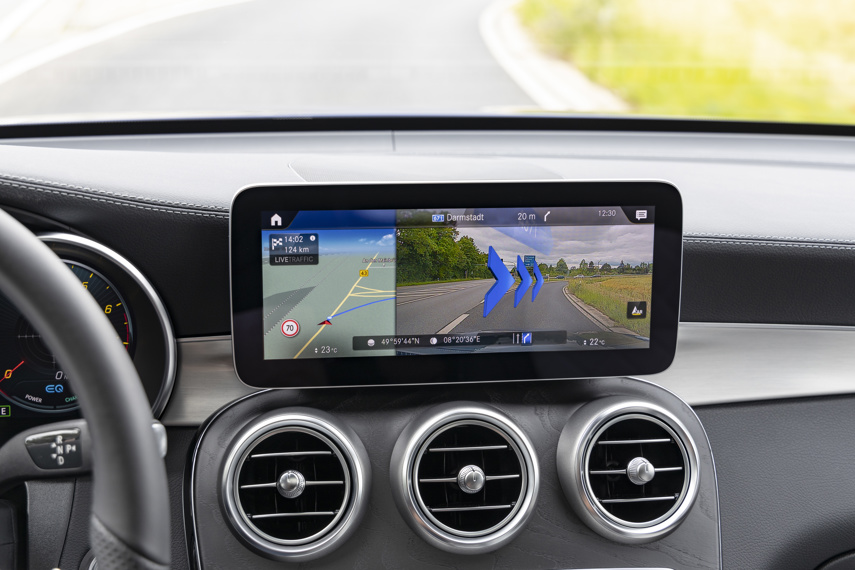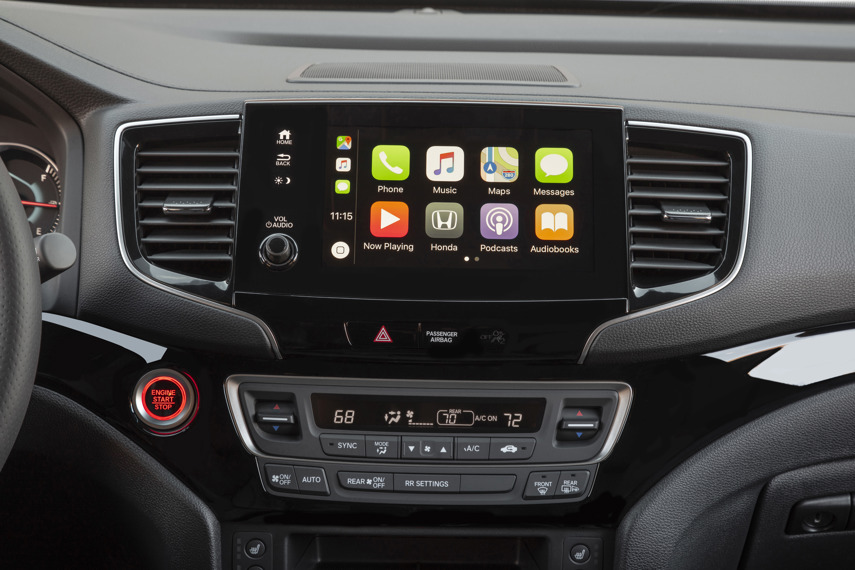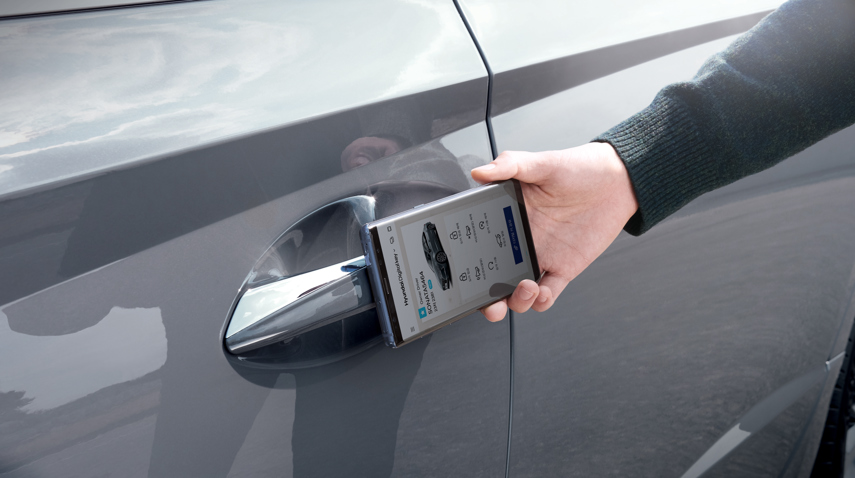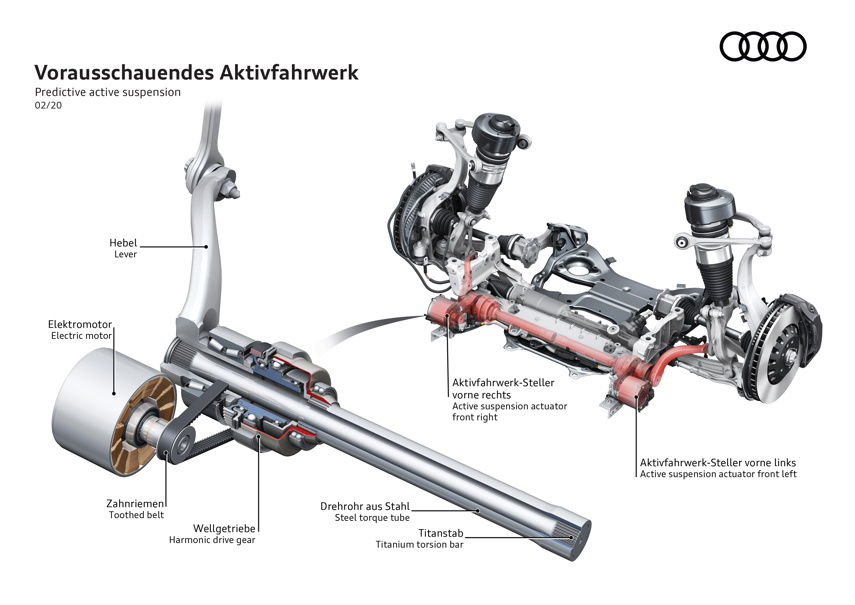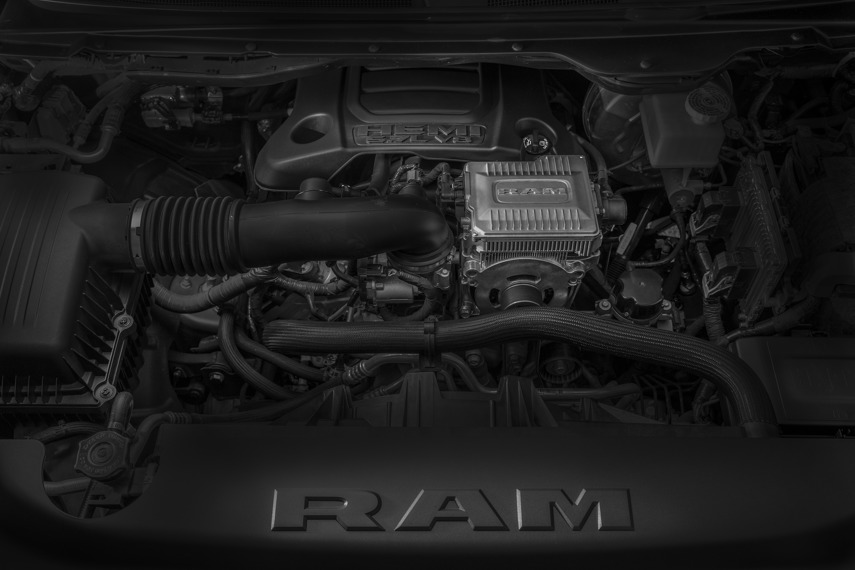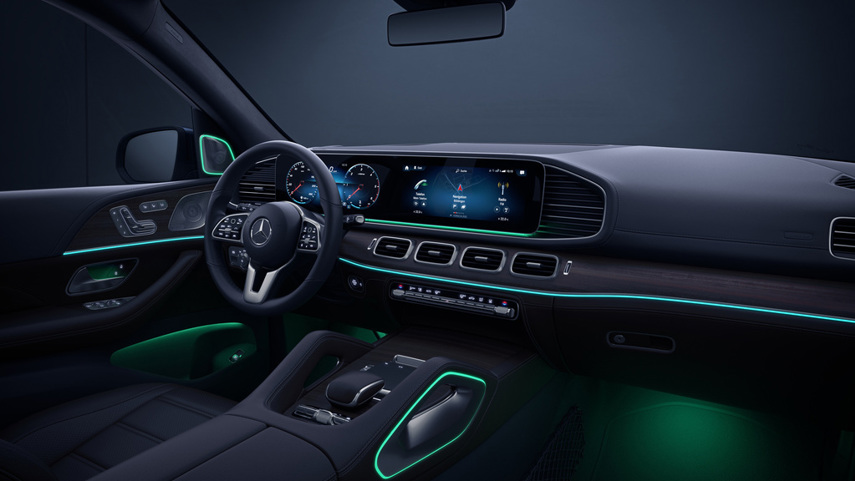Luxury cars are often at the forefront of innovation and technology. To help make their cars worth the higher prices they command, luxury automakers pack their cars with cutting-edge features. The good thing for those of us who can’t afford a luxury car is that a lot of those features will no longer be exclusive to the expensive brands.
Not too long ago, upscale stuff like heated steering wheels, wireless charging pads for your phone, head-up displays, and ventilated seats were reserved for the likes of BMW and Mercedes, but these days, you can get these features in almost any Kia or Chevrolet.
Here are seven fancy features that are currently trickling down to mainstream cars.
Ambient Lighting
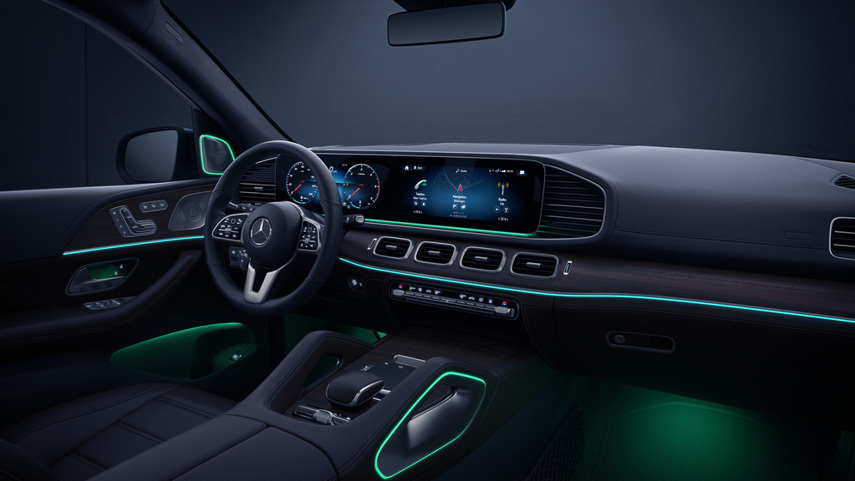
I drove a Mercedes E-Class not too long ago that had massaging seats, a snarly V8 engine, and two giant screens, but the one thing my passengers were impressed with the most was that it had 64 colours of ambient lighting. Fancy lighting used to be a calling card for luxury automakers. Not too long ago, LED headlights were only on Audi cars and now they’re everywhere, for example.
Hyundai recently debuted its Sonata Hybrid with 64 colours of ambient lighting, and Kia has been offering custom mood lighting in its Soul for years. The lighting in the Soul can also move to the beat of whatever music you’re playing and it has different modes depending on your mood (including one for “Romance”). The upcoming 2022 Volkswagen Golf GTI will get 30 colours of ambient lighting. Expect more mainstream cars to offer customizable ambient mood lighting in the near future.
Wireless Apple CarPlay and Android Auto
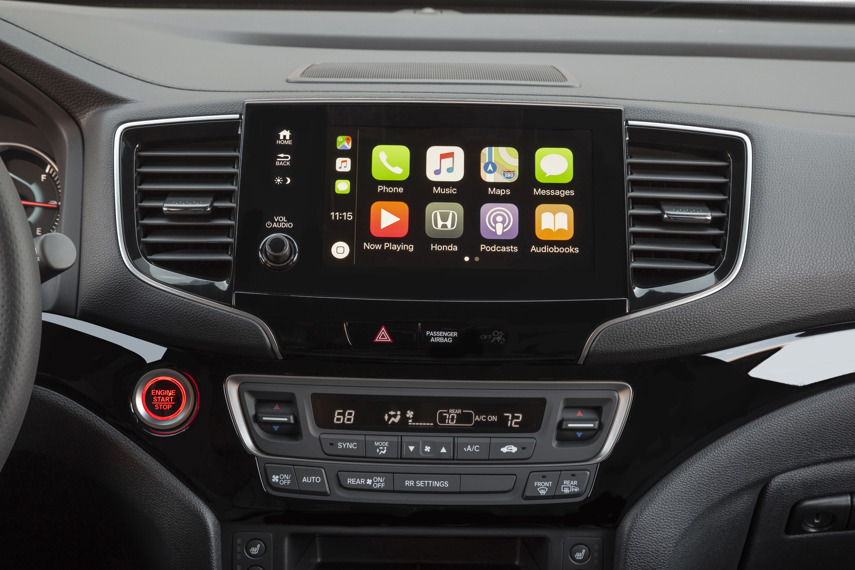
Apple CarPlay and Android Auto are fantastic because they mimic the functionality of your smartphone on your car’s infotainment system and help limit distracted driving. Almost every car available today comes with Apple CarPlay and Android Auto support, but you have to plug it into the USB port to use it.
Currently, the only brand that offers wireless Apple CarPlay is BMW (the Toyota Supra, which shares a lot of parts and engineering with the BMW Z4, also has it). And they don’t even offer Android Auto support. Fiat Chrysler Automobiles (FCA) recently announced that wireless Apple CarPlay and Android Auto are coming to its newest iteration of Uconnect, arguably the industry’s best infotainment system. Wireless support means that you set it up once, then every time after that, you should be able to just get in your car and use Apple CarPlay or Android Auto without having to plug in your phone. Wireless smartphone app support will debut in the Chrysler Pacifica, but will soon roll out to other FCA cars and other brands.
Self-Parking
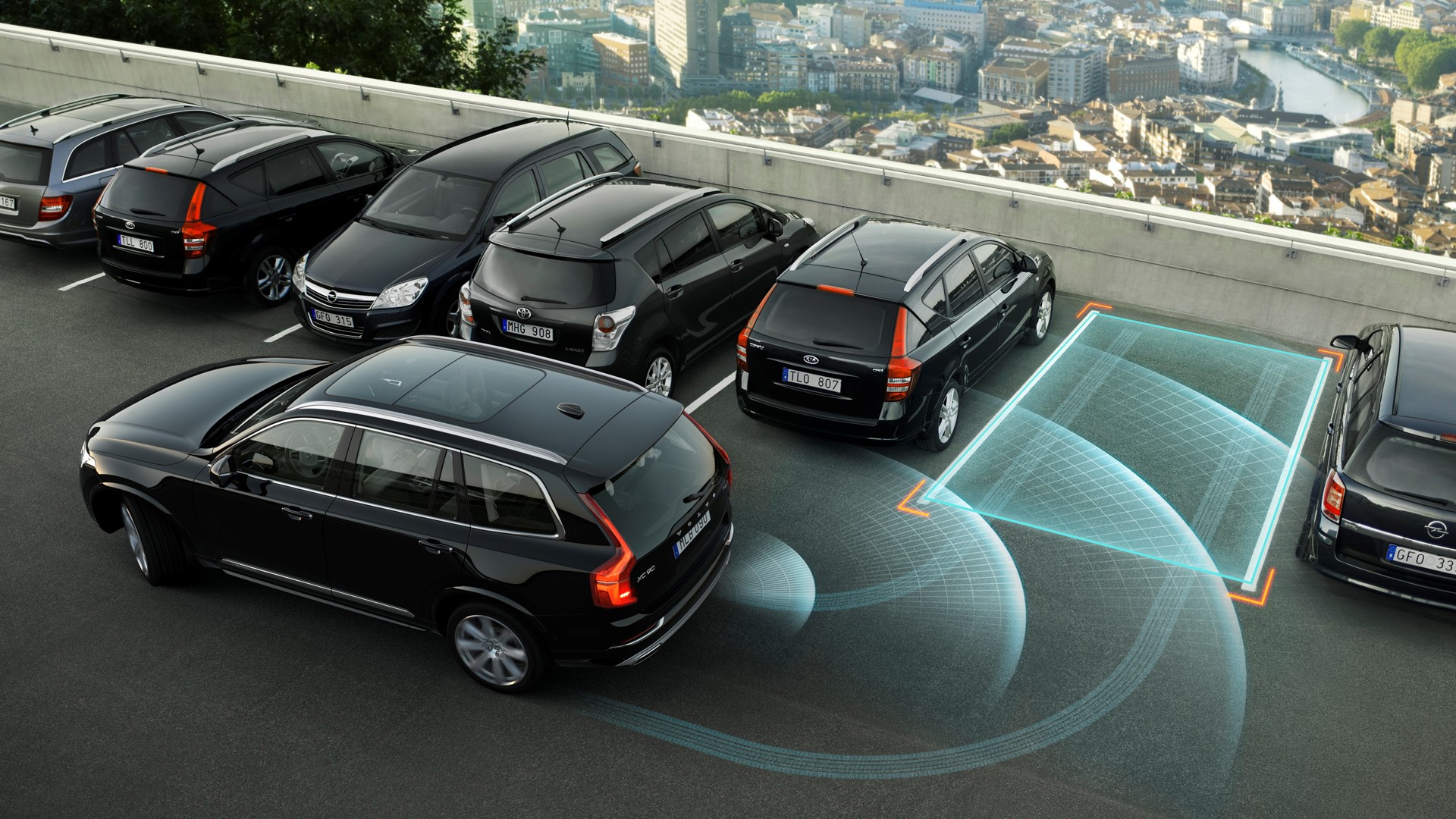
Many luxury cars offer a parking assistant that will automate the trickiest parts of parallel and perpendicular parking. You just push a button and the car will begin scanning the road or the parking lot for an appropriate spot. Once it finds a spot, all the driver has to do is line up the car, shift it into the right gear, and then manage the brakes and throttle while the car takes care of the steering. Newer and more advanced systems can control the gear selection and brake/throttle inputs too.
This technology is already trickling down to mainstream automakers. Ford has been offering a parking assistant for years, but it’s finally starting to become more common. Hyundai’s “Smart Park” feature takes it a step further; drivers can be outside of the car and the car can be moved forward or backwards using the keyfob, which is great when parking in a tight spot or just for impressing your friends. Expect automated parking to soon find its way into all types of common cars because most of the technology and hardware is already there — it uses the same parts as adaptive cruise control and other safety/collision-mitigation systems.
Mild Hybrid Systems
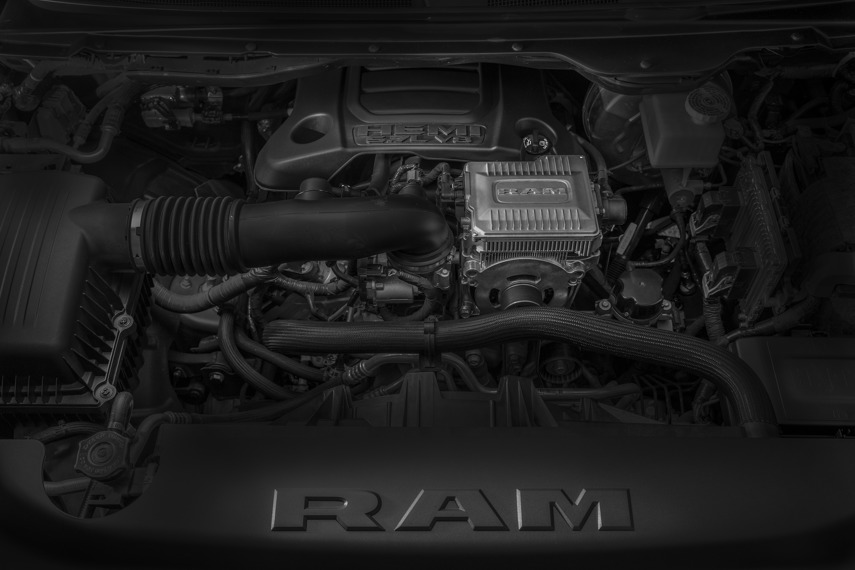
Many luxury automakers like Mercedes and Land Rover already offer mild hybrid systems that replace a conventional alternator with a 48-volt motor/generator coupled with regenerative braking. This setup allows for an extra boost of torque when called for and makes stop/start systems operate more smoothly. Mild hybrid systems allow engines to operate more efficiently by powering components like compressors and pumps that generally cause parasitic power losses to the engine. Mild hybrid systems do not enable a car to be driven on electricity alone, but do generally improve fuel economy. The Ram 1500 and Jeep Wrangler already offer a mild hybrid system and other automakers will likely begin introducing this technology in their mainstream vehicles too.
Phone As Key Systems/Digital Car Keys
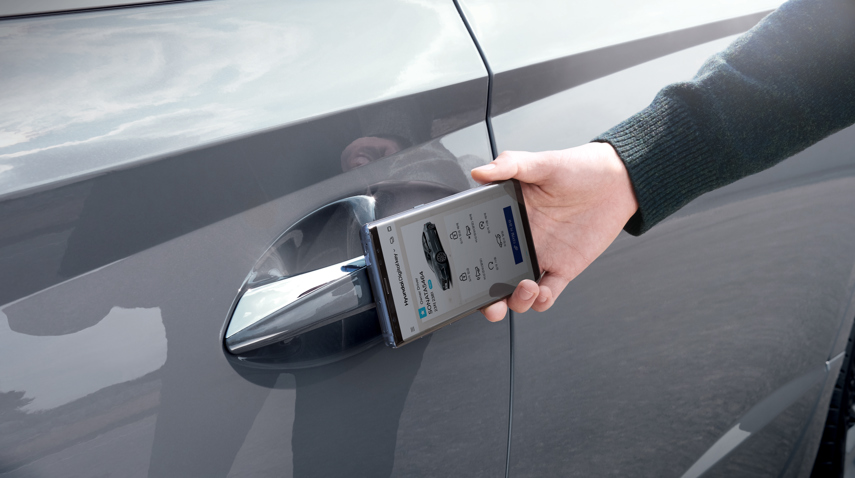
Some automakers are rolling out the capability to use NFC (near-field communication) or Bluetooth to replace traditional keys. We don’t go anywhere without our phones and they all have NFC and Bluetooth capability that we already use to transfer files and pay by tap, so it makes sense that people want to extend this convenience to their cars.
Among other automakers, Hyundai currently offers an app that allows a phone to be used as a car key. You can tap the phone on the driver’s side door handle to unlock it and then start the car without having physical keys, though it’s only compatible with the new 2020 Hyundai Sonata. Phone as key systems will soon become the norm.
Augmented Reality
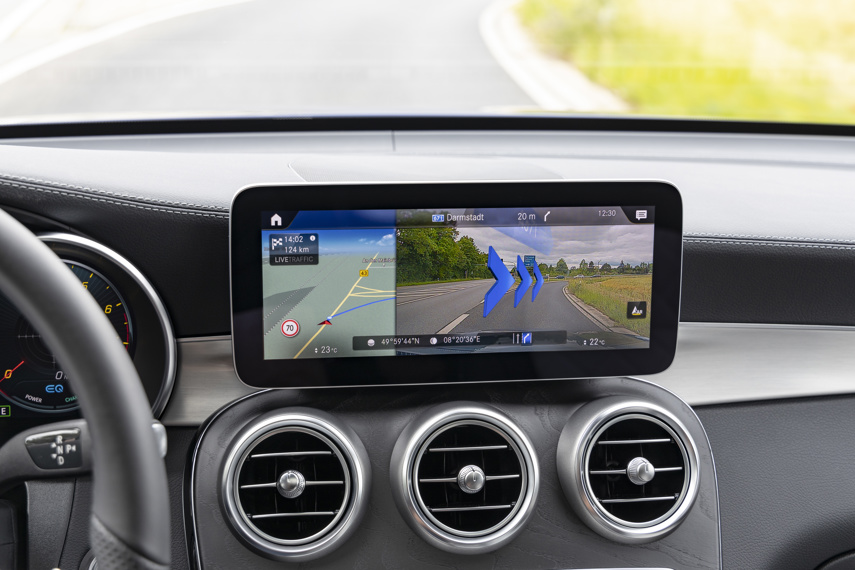
Head-up displays are now very common, though many of the cheaper versions are projected onto a plastic screen on the dashboard. True projector types can be found in mainstream cars like the Honda Accord, for example, and will definitely become more common in the near future.
The next step in this progression is augmented reality displays. Mercedes currently offers augmented reality navigation using the front camera to display the road ahead on the central screen with upcoming turn-by-turn directions and animated overlays. Although it can be a bit distracting, it does make it more difficult to miss a turn, especially in areas a driver isn’t familiar with. Many cars already have a front-facing camera that’s used for parking, but expect to see more automakers giving those cameras more uses in the near future.
GPS-Enabled Transmissions and Predictive Suspensions
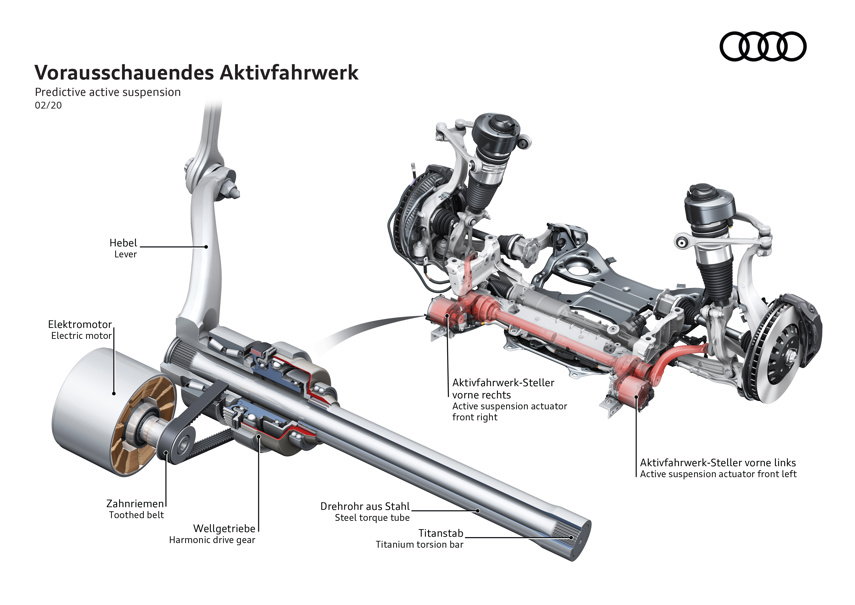
Rolls-Royce, the purveyor of the most opulent cars in the world, once had the exclusive on GPS-enabled transmissions and predictive suspensions. The transmission in a Rolls-Royce uses GPS data to predict when a downshift might be needed. If a driver is approaching a hill, for example, the Rolls-Royce would know this and pre-emptively downshift as to not disturb its occupants or appear to be struggling. Its suspension uses cameras to read the road ahead and make adjustments to its air suspension every few milliseconds. If it sees a pothole, it will soften the suspension before you even get there, meaning you shouldn’t even feel yourself driving over it.
“Smart” driving modes that tailor a car’s driving dynamics based on previous behaviour already exist, but GPS-enabled transmissions and predictive suspensions are how they will progress. The Audi A8 already boasts a predictive suspension that uses data from a front-facing camera to detect uneven road surfaces. Although it’s very much still an expensive luxury car, the Audi A8 is in a different league than a Rolls-Royce and it’s proof that the once exclusive technology is already becoming more accessible. While this technology probably won’t show up on a Toyota Corolla anytime soon, it will slowly become more commonplace.
